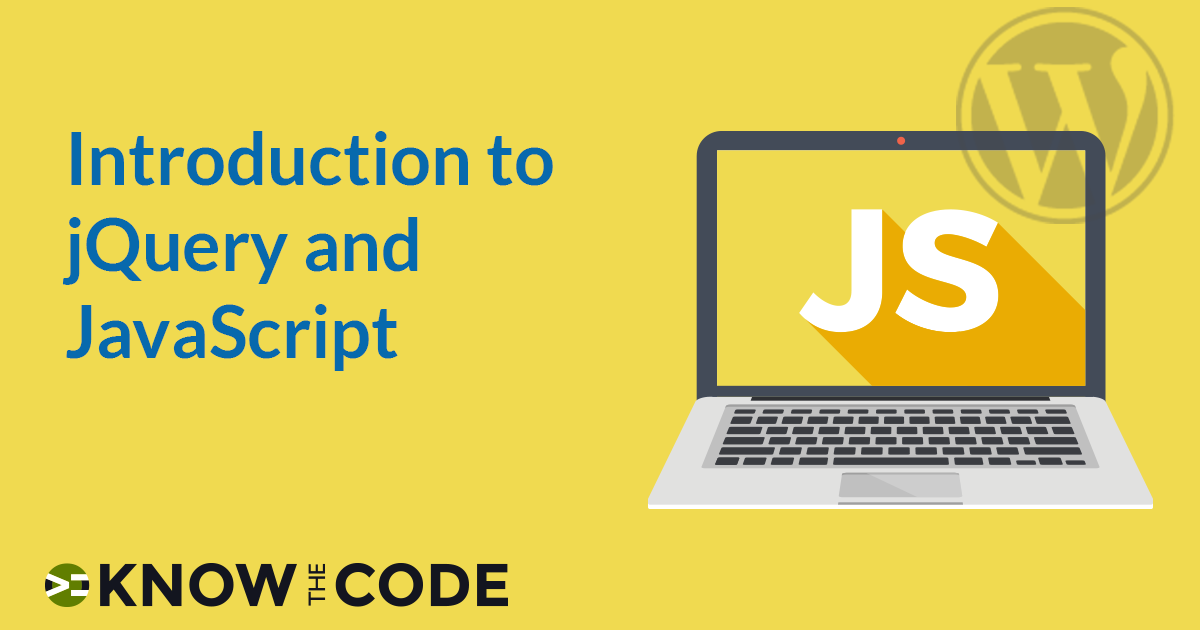jQuery provides you with a feature-rich suite of tools to simplify your JavaScript code. In this hands-on code building lab, you will be introduced to jQuery including JavaScript scoping, traversing the DOM, IIFE, functions, selecting elements, parameter handling and defaults, and more. This lab will introduce you to JavaScript fundamentals as well, as jQuery is a JavaScript library.

